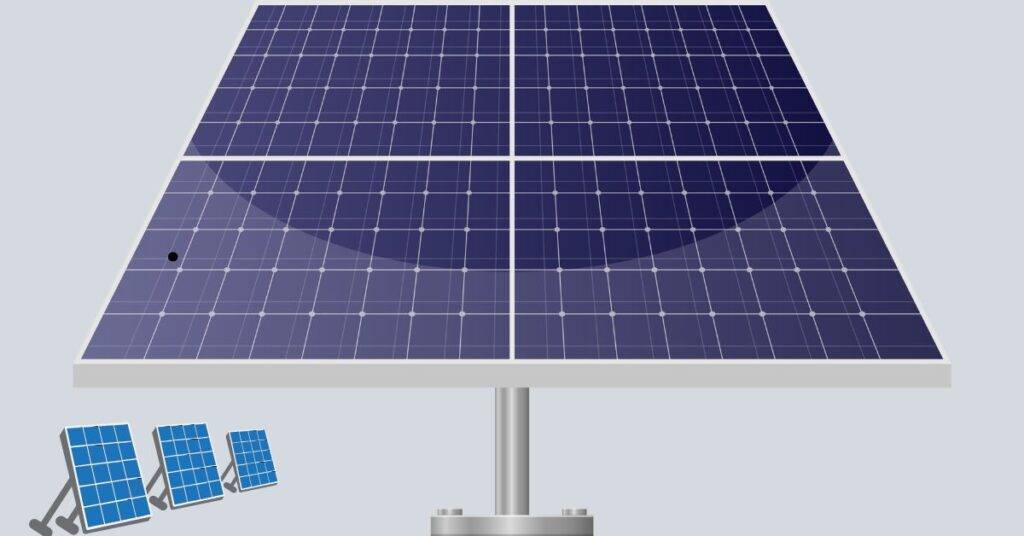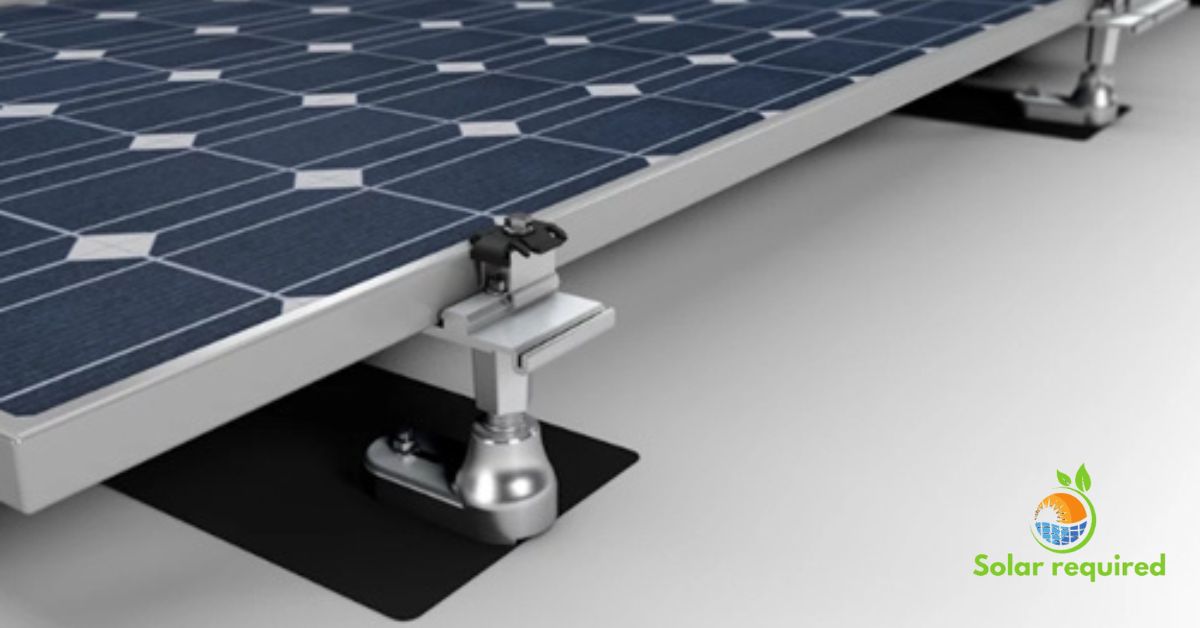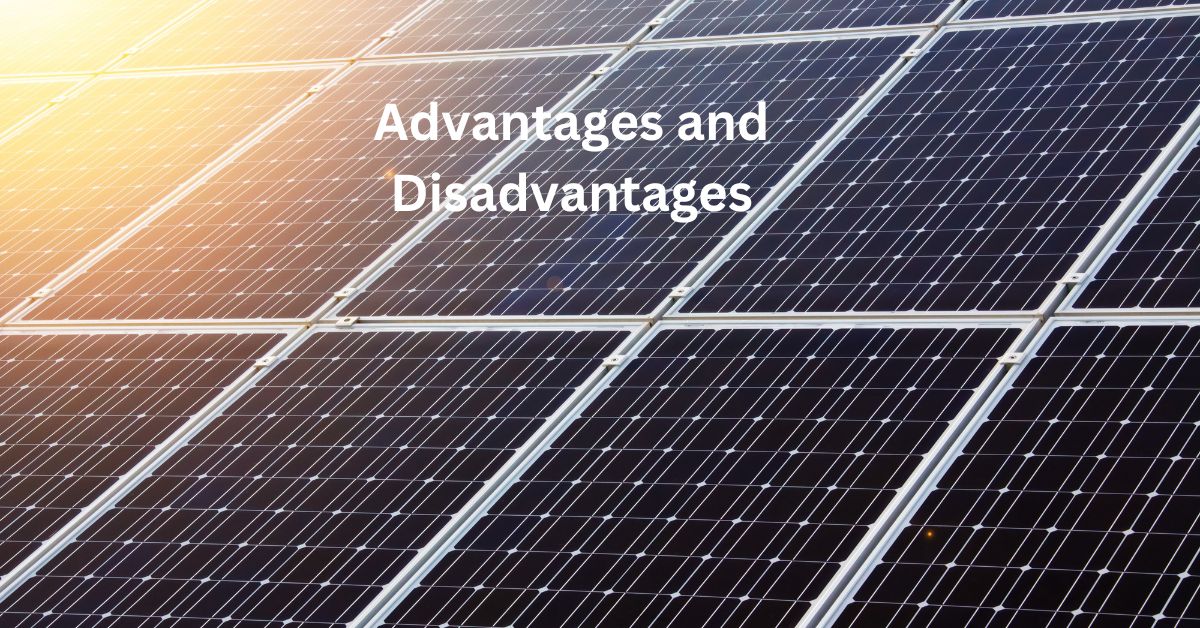What are Solar Panel mounting rails?
Any solar panel installation must have mounting rails. These rails give the panels the structure and support to attach firmly to a ground or roof mount. They are also the base of the solar array, ensuring that the panels are positioned to receive the most sun and generate the most energy.
The rails are made of many materials. They come in different sizes and shapes to fit various mounting techniques and roof types. They are usually made from tough materials like stainless steel or aluminum. These structures are designed to withstand bad weather. They also offer long-lasting support for solar panels.
Benefits of using Solar Panel mounting rails
Solar panel mounting rails have a key benefit: They increase the efficiency of your solar panel system. Fasten solar panels firmly to mounting rails, which ensures they are well-positioned to get maximum sunlight all day. This ideal positioning allows your panels to generate more energy, leading to larger cost savings on your electricity bill.
Also, the rails are versatile. They are crucial for adapting to different roof layouts and types. You can choose mounting rails for ground-mounted systems, sloping roofs, and flat roofs. The choices depend on your demands. This adaptability not only facilitates installation but also enables future alterations as needed.
Also, adding mounting rails gives your solar panels a strong base. It also shields them from things like strong winds and heavy snow. In addition to extending your panels’ life, this strength gives you peace. You know that your investment is safe.
Top Solar Panel Mounting Rails
Harnessing solar energy requires strategic mounting solutions. These solutions ensure the best panel positioning and maximize energy production. The rails are sturdy metal racks that secure solar panels in place. This allows easy installation on rooftops or the ground. These rails are crucial. They align the panels for the best tilt. Latitude, seasons, and time of day determine this tilt. It boosts efficiency.
This guide explores the top solar panel mounting rails. It covers aluminum and steel rails, side-mounting, and top-down options. Design these for efficient installation.
1. Aluminum Solar Panel Mounting Rails
Mounting rails for aluminum solar panels include several important qualities. Their anodized aluminum construction offers exceptional resistance to corrosion. Their lightweight design makes them easy to carry and install, cutting labor costs. They are lightweight, but they have great strength and durability. They can survive harsh environments.
The internal framework provides a sturdy and solid base for supporting the solar panels. Pre-assembled systems often save labor expenses and installation time. Their ease of installation and operation guarantees high construction efficiency.
Typically, manufacturers use aluminum alloys like AL6005-T5 or AL6063-T6 to make these rails. They often have an anodized finish. This improves their looks and resistance to rust. These structures resist strong winds and snow loads and are available in various lengths, including custom sizes.
Installation involves rail splicing for convenient connection of multiple rail sections. The rails work with many mounting tools. They also have adjustable angles for ideal panel positioning. This guide will help you install solar panel mounting rails.
Aluminum solar panel mounting rails are cost-effective and efficient. They are durable, easy to install, and work with many mounting systems.
2. Steel solar panel mounting rails
Steel mounting rails for solar panels can bear high loads. They are made to resist heavy snow and wind. One can use them in challenging situations because of the corrosion protection from the galvanized coating. They are renowned for their extraordinary robustness and lifespan. Many systems have pre-drilled slots or holes for easy installation. Most solar mounting brackets may be used with them.
Usually constructed from premium galvanized steel, these rails come in a range of lengths. Their galvanized covering extends their lifespan. They are made to handle heavy wind and snow loads.
Ground-mounted systems can safely install steel rails. Securing them to a concrete base or using the proper attachments puts them on rooftops. They can adjust tilt angles to optimize solar energy output.
Steel solar panel mounting rails are strong and durable. They work well in challenging places or large installations.
3. Side-mounting solar panel rails
Rails for side-mounting solar panels allow for precise adjustment. They let you adjust the tilt angle to get the best sunlight. They stand upright on their sides, reducing the installation footprint. They are ideal for small spaces. These rails can be mounted on flat roofs, ground systems, or walls. They provide versatile installation options. The vertical orientation allows for easy maintenance.
They are usually made from aluminum or galvanized steel. When investing in solar energy, most people focus on solar panels. However, the solar panel frame is just as important. They can withstand strong winds and heavy snow. They offer a wide range of tilt angle adjustments. They work with many solar panel sizes and mounting hardware. Now you can install snow guards.
Installation involves anchoring to a concrete foundation. Or, it involves securing with ground screws for ground-mounted systems. On flat roofs, they can be secured using appropriate roof attachments. The tilt angle changes flexibility during setup and maintenance cycles.
Solar panel rails that mount on the side are versatile and efficient. They work well in tight spaces or where exact tilt angles are crucial.
4. Top-down mounting solar panel rails
The solar panel rails mount on top down. They have a low-profile design that reduces height and looks better. They enable accurate tilt angle change for optimal solar absorption. These rails offer flexible installation options. You can fix them on walls, flat rooftops, or ground-based systems. The horizontal arrangement makes maintenance simple.
They typically use galvanized steel or aluminum to withstand heavy snow and wind loads. They fit various solar panel sizes and mounting hardware and offer a wide range of tilt angle adjustments.

For ground-mounted systems, installation involves fastening with ground screws. Or, anchoring to a concrete base. You can attach them to flat roofs using the appropriate roof attachments. The tilt angle allows for adjustment during installation and at intervals.
People also read: The Role of Solar Panels in Decreasing Flooding Issues in Miami.
Mounting solar panel rails is versatile and efficient. They work well in areas where a low-profile design or easy access to the panels is desired. People like them for residential and commercial solar projects. They have an adjustable design, are durable, and work with many mounting systems.
FAQs
1. What is the most effective method for installing solar panels?
The most commonly used method for installing solar panels is using mounting brackets. These brackets are strong. They are usually made from materials like stainless steel or aluminum. This makes them durable and stable.
2. Which solar mount is considered the best as of 2024?
The top solar mounting products for 2024 include various options such as:
- ChikoUSA Chiko Standing Seam Metal Mount
- Eco Fasten RockIt Smart Slide
- K2 Systems Splice Foot XL
- KB Racking Seamrack 2.0
- Mag Rack MageFoot Rail-less Mounting Kit
- QuickBOLT Deck Mount, PN 16317 & 16318
- Roof Tech Inc.
- SnapNrack MightyMount System
3. Where should solar panels be positioned to achieve maximum efficiency?
Ideally, mount solar panels on a south-facing roof for optimal energy production. East and west-facing roofs are also viable. They can generate a lot of energy throughout the day. But, north-facing roofs are the worst. They get little direct sunlight.
4. What are the main types of solar panel mounts available? The three primary types of mounts used for commercial solar panel installations are:
- Rooftop mounts
- Ground mounts
Mounts for parking canopies cater to different space and structure needs. They offer flexible installation.


